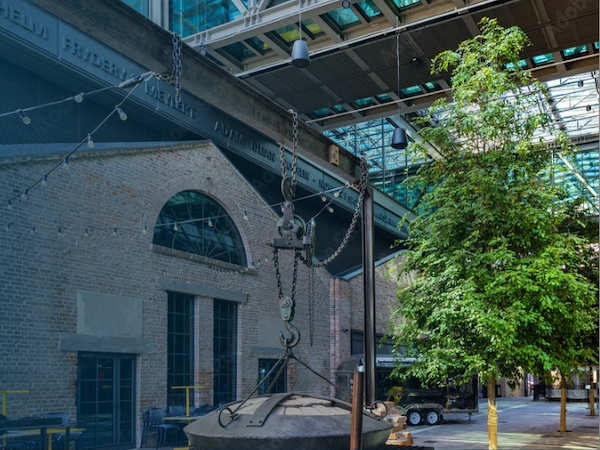Opportunities to Apply Circular Strategies to Existing Office Buildings

Measuring Up: Construction Industry Key Performance Indicators
November 15, 2023
Building Capacity: Local Prefab Mass Timber Solutions Guide
February 27, 2023
In an investment landscape informed by climate-related risks, the emphasis in the commercial real estate sector on developing new buildings increasingly conflicts with achieving greenhouse gas (GHG) emission reduction targets. Even constructing the most energy-efficient building entails variable but significant upfront GHG emissions because of the resource-intensive nature of construction and the materials supply chain.
Extending the life of buildings through retrofit, repair, maintenance, and adaptive reuse is a key principle of the “circular economy”. The circular economy proposes an alternative to the linear system of production and consumption characterized by “take-make-use-dispose”. This restorative and regenerative system minimizes resource use, waste, and emissions by narrowing (efficient resource use), slowing (temporally extended use), and closing (cycling) material loops.
Scius prepared a comprehensive research report for CSA Group that provides guidance and best practices on extending the lives of existing office buildings by looking, in turn, at (a) the design interventions that could optimize an existing building for ongoing operations while improving the potential for future renovations; (b) the ways to minimize waste generated from maintenance and renovation activities and, ultimately, end of life; and (c) construction material flows and incorporation of salvaged materials into projects.
